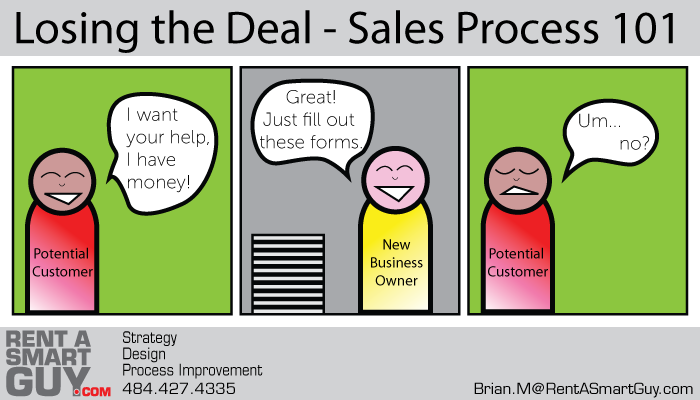That’s Awesome! but where’s the money?
Creating a product or a service that stands out in the marketplace is a huge part of the way the disruptive economy works. Customer and market research often favors a disruptive, innovative, or shocking marketing or delivery strategy.
But on the road to recognition, don’t lose site of the goal.
Your business must make money (not to be confused with profit).
Your market research may indicate that you get a ton of positive brand credibility for your new edgy approach, but does it turn into money? One of the questions that needs to be asked beyond “How much would you pay for this?” is “Will you cut a check right now for that price?”
A big hole in the novelty problem is that we socially reward attention getting behavior or products, but it is unsustainable. The X-ray shoe machine of today is the cancer lawsuit of tomorrow. Even as a best case, can your product be disruptive forever? Patents do run out. Marketing moves quickly and even the disruptive stuff soon becomes commonplace.
Too often, on the way to be different, we end up with a business that is disruptive for disruptions sake. If we don’t have a way to monetize such a strategy; what happens after the disruption stops working?
If marketplace disruption is central to your product strategy, you are destined to fail once that disruption normalizes. Once you’re run of the mill, you’ll have to go back the old standbys speed, quality, or price.
The world needs trailblazers to be sure; but don’t forget to pickup the check on your way to the next big thing. If you do, you might find there’s no one there at your destination to pay the bill.

 If you make it hard to buy with long complex intake forms or other such nuisances, your customers will not be able to quickly make the financial commitment to working with you. Your business may require a significant amount of background information to help deliver a product or service – put that data gathering after the purchase and you will find that your sales increase significantly.
If you make it hard to buy with long complex intake forms or other such nuisances, your customers will not be able to quickly make the financial commitment to working with you. Your business may require a significant amount of background information to help deliver a product or service – put that data gathering after the purchase and you will find that your sales increase significantly.